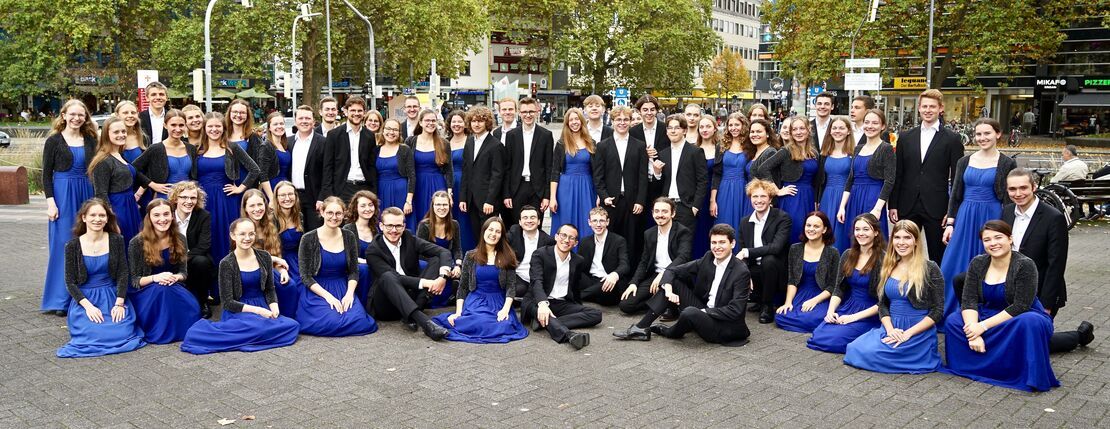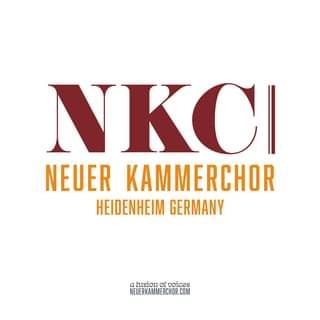
Neuer Kammerchor around the World
vakantio.de/neuerkammerchorgoesbrazil
Mexico Day 1 - neuerkammerchorgoesmexico
Nəşr edilmişdir: 19.05.2018
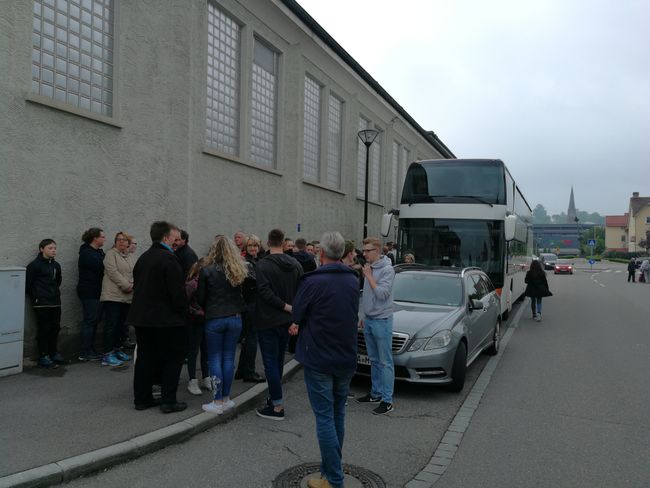
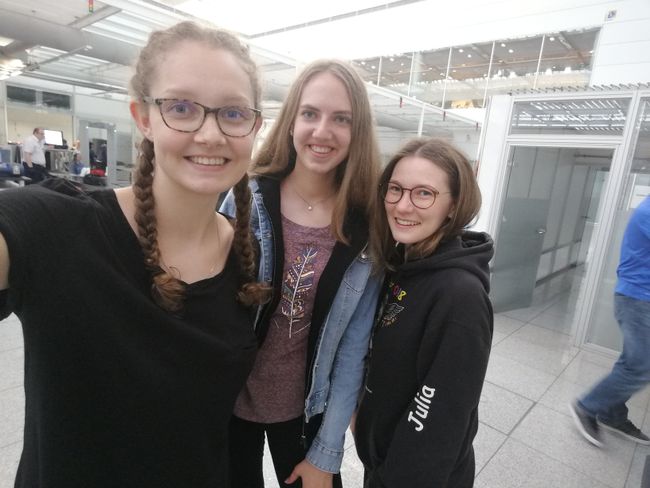
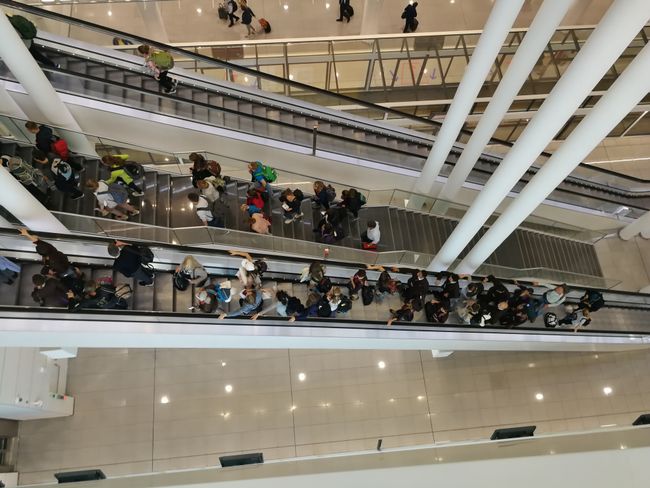
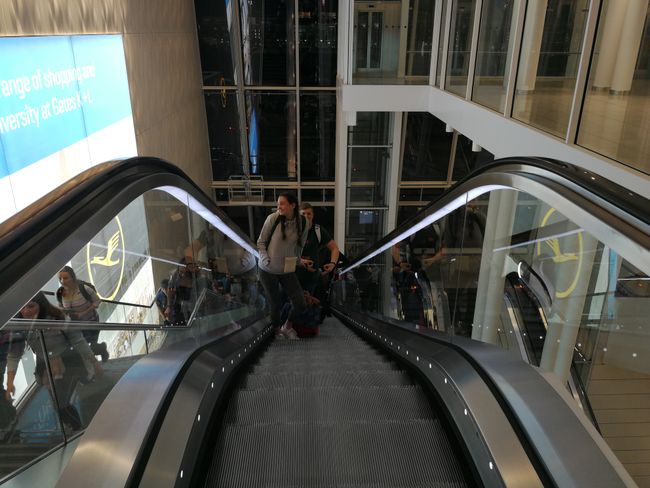
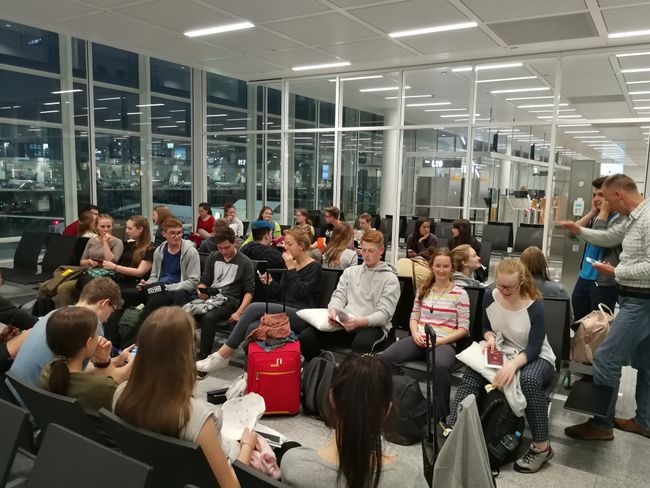
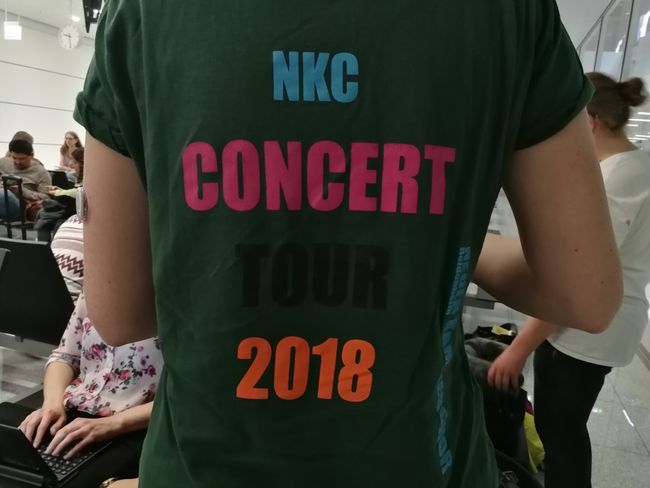
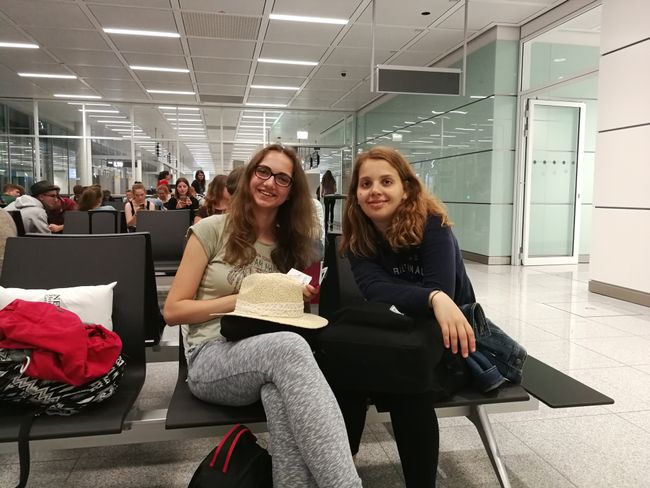
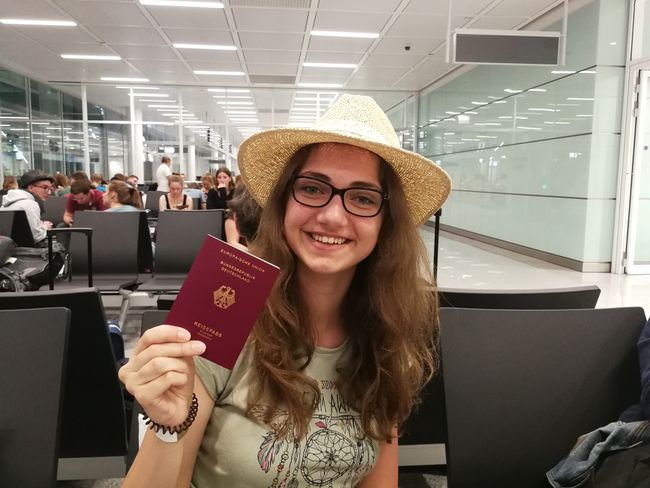
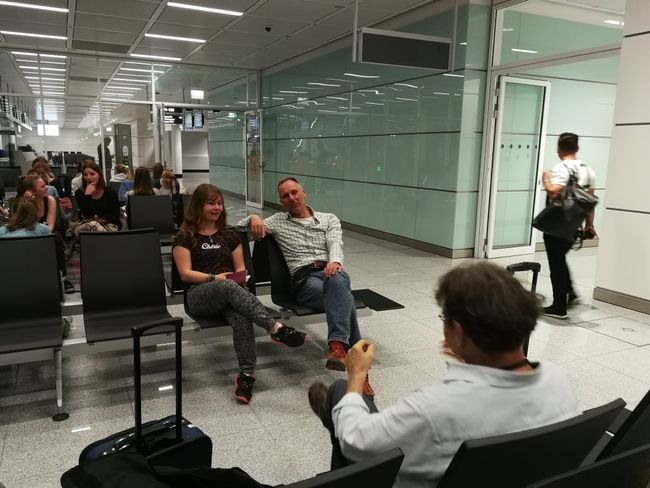
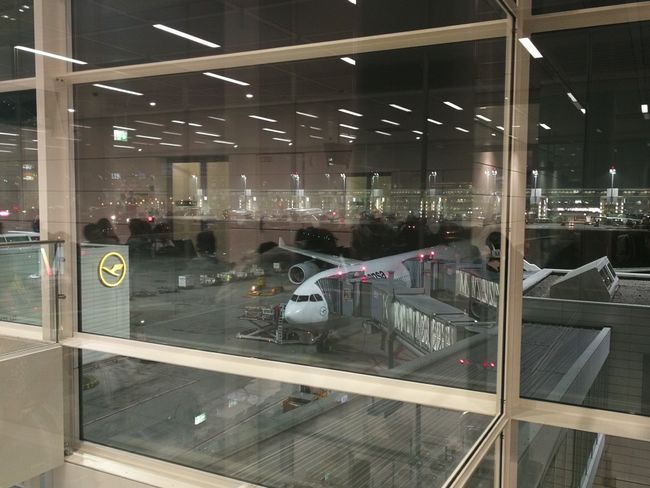
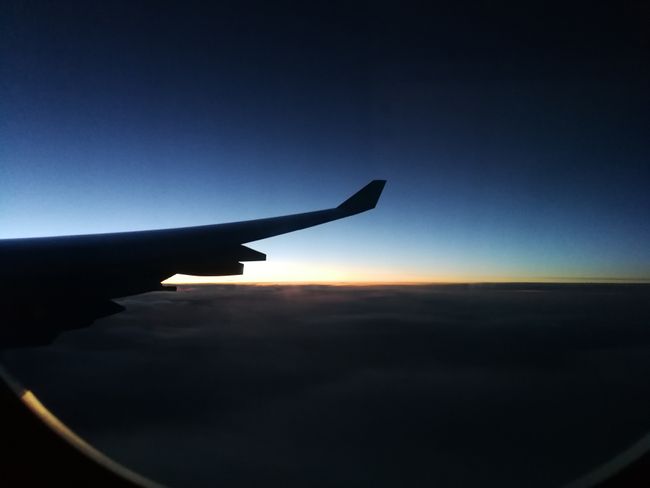
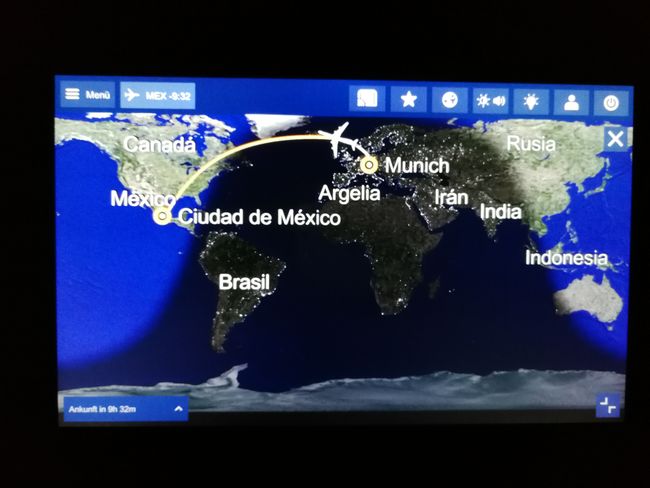
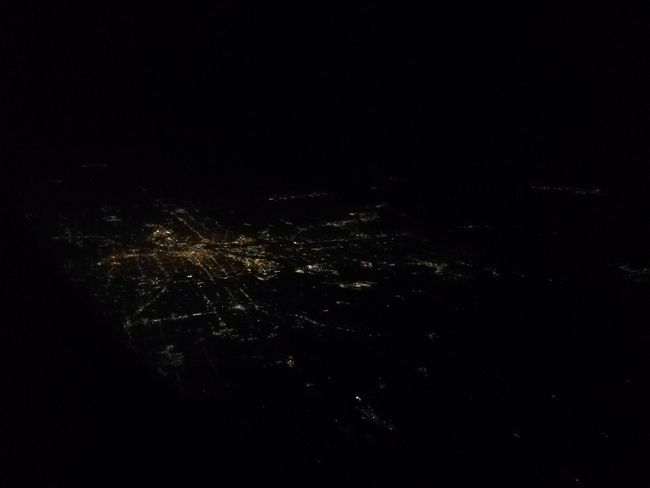
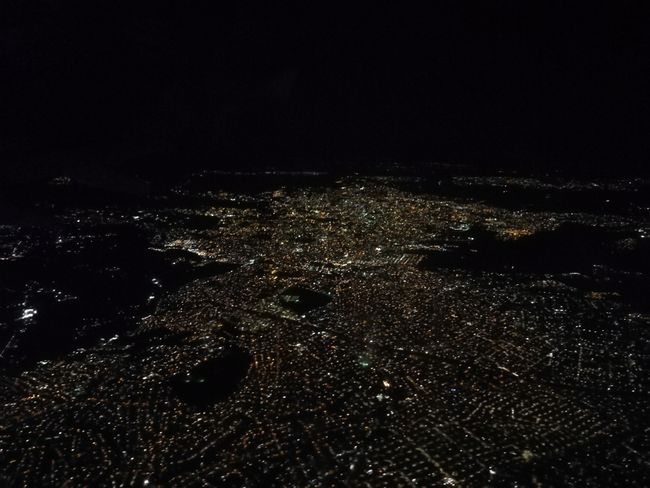
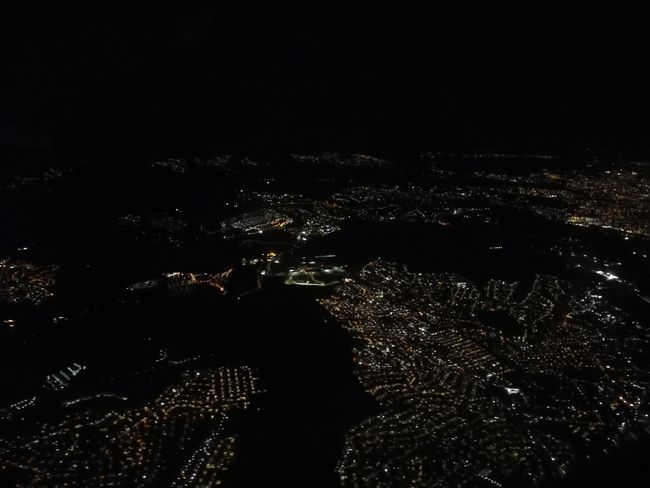
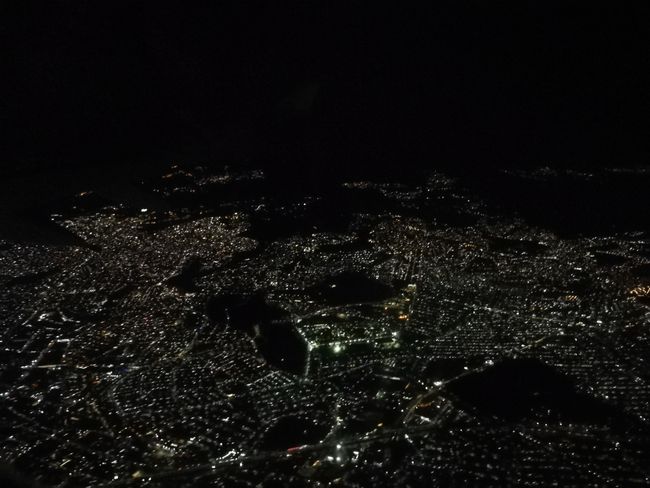
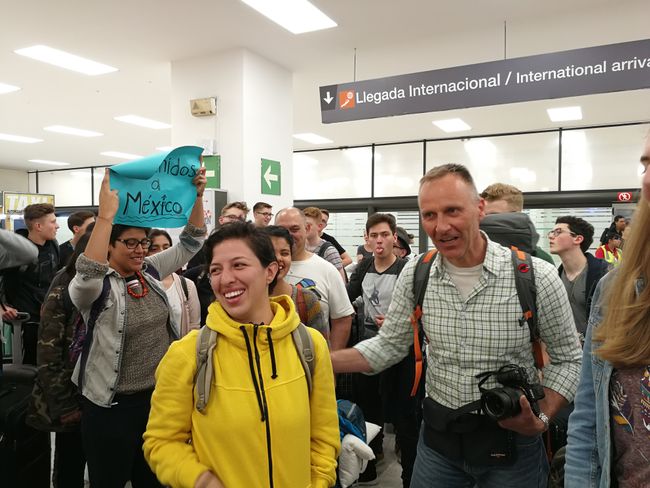
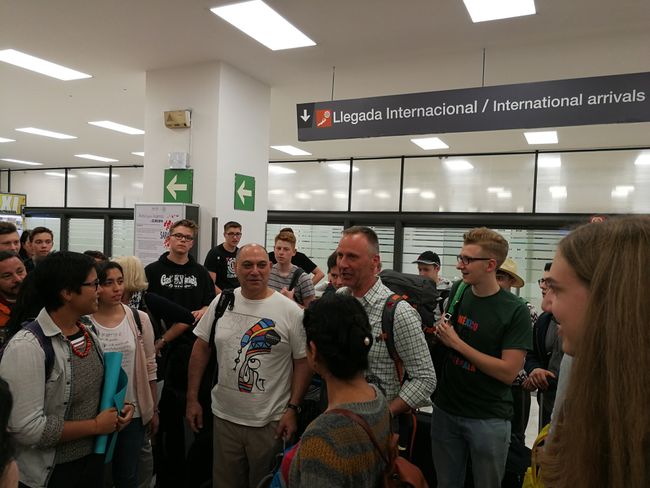

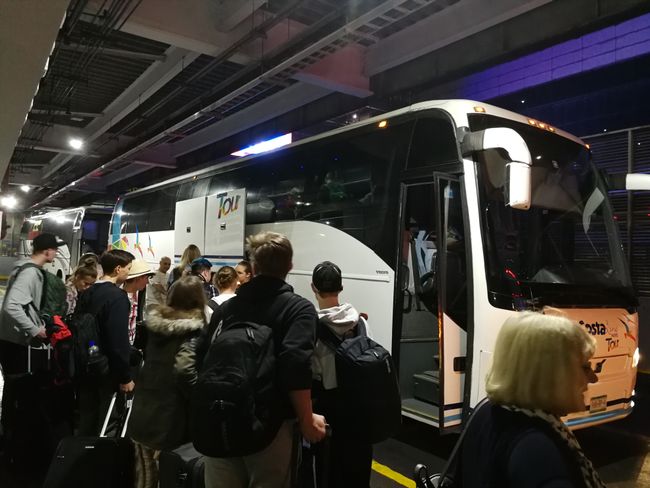
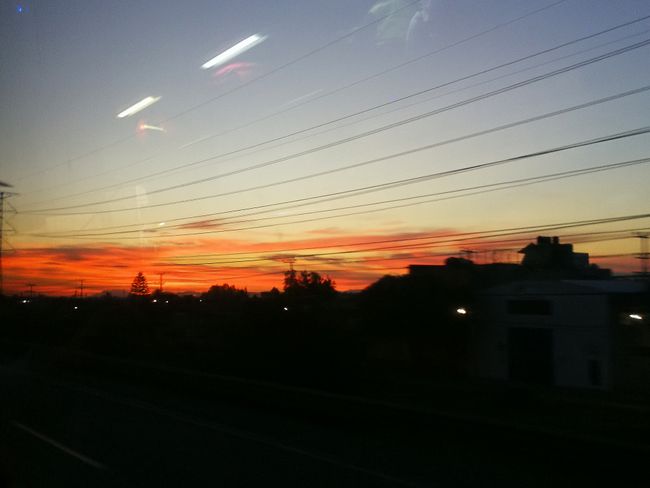
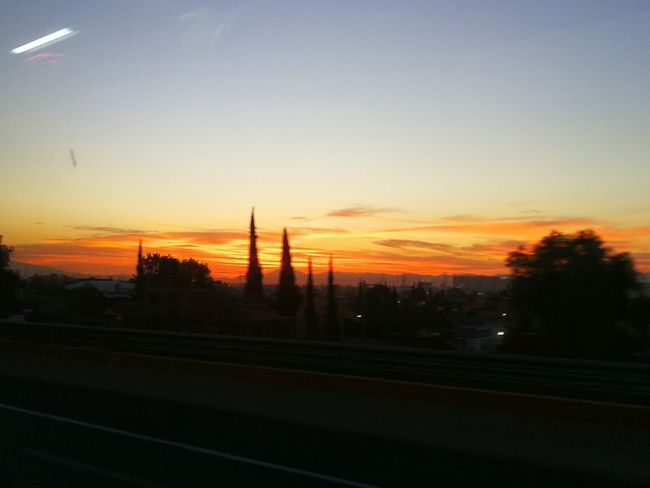
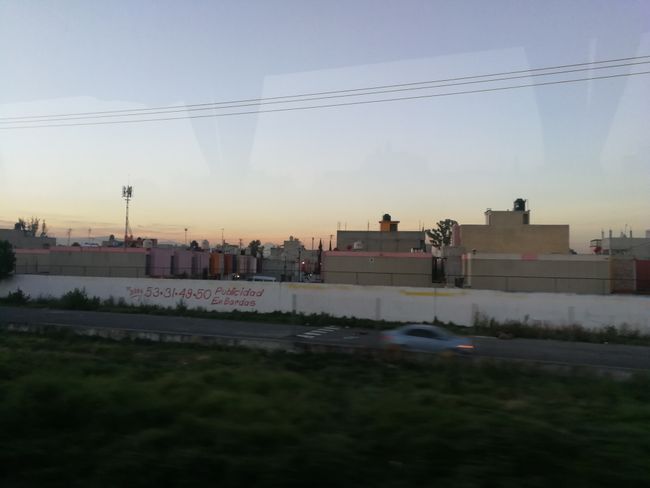
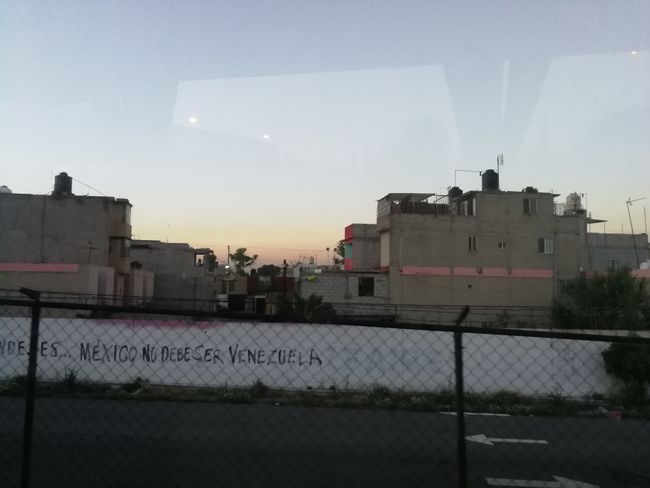
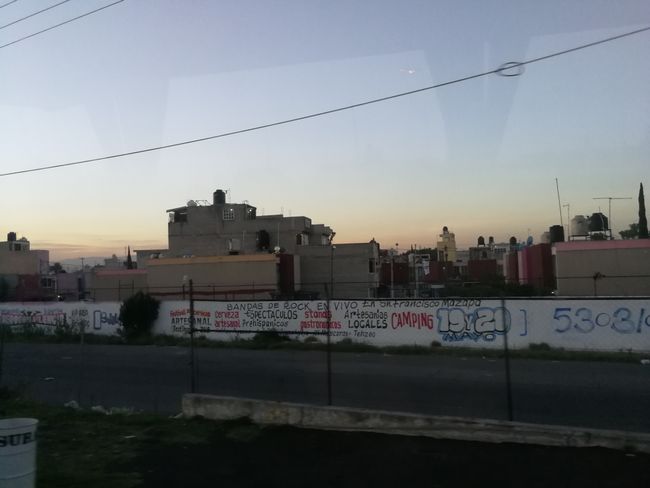
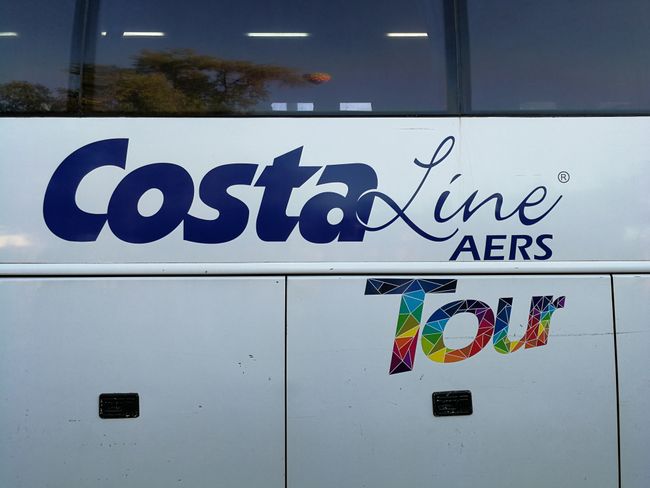
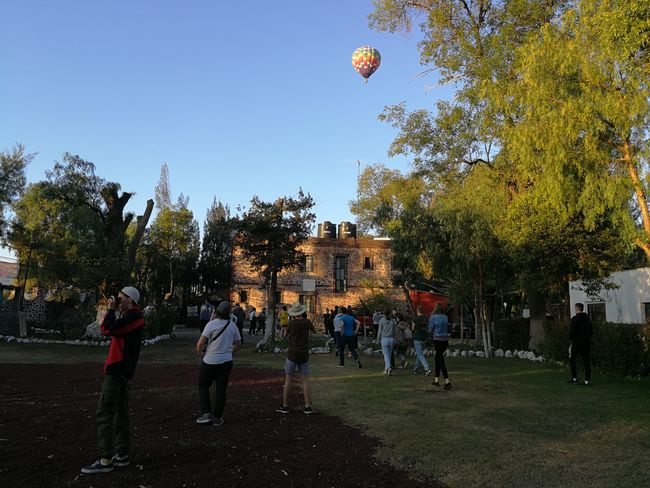

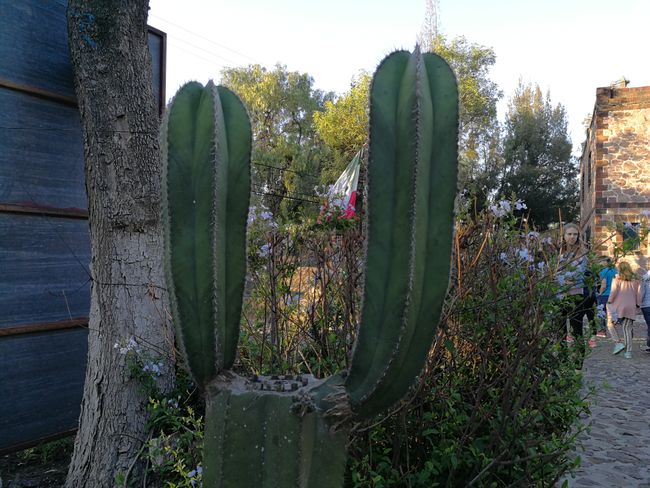
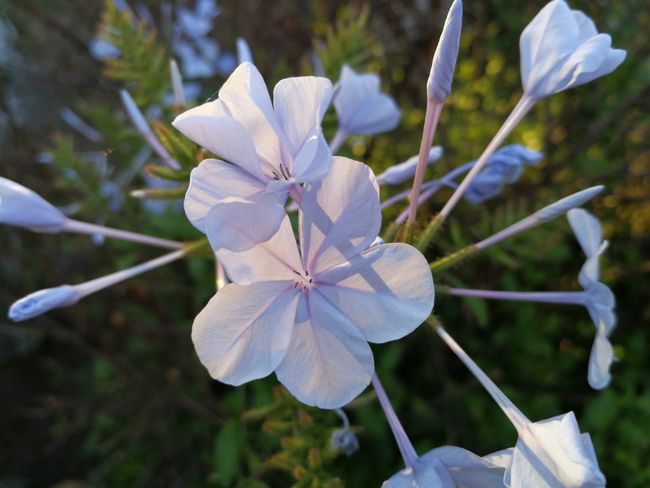
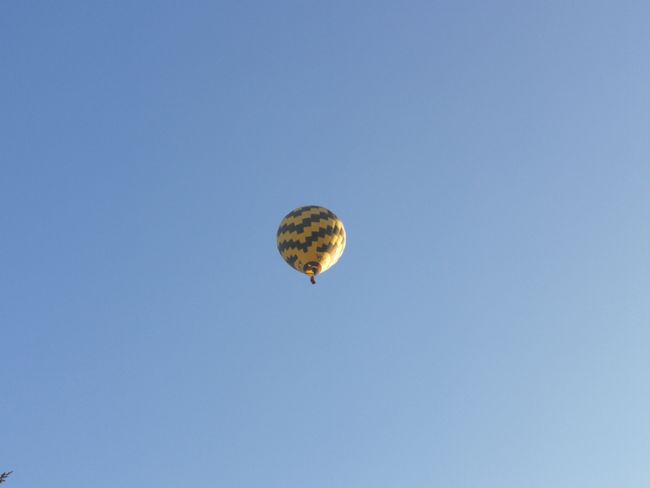

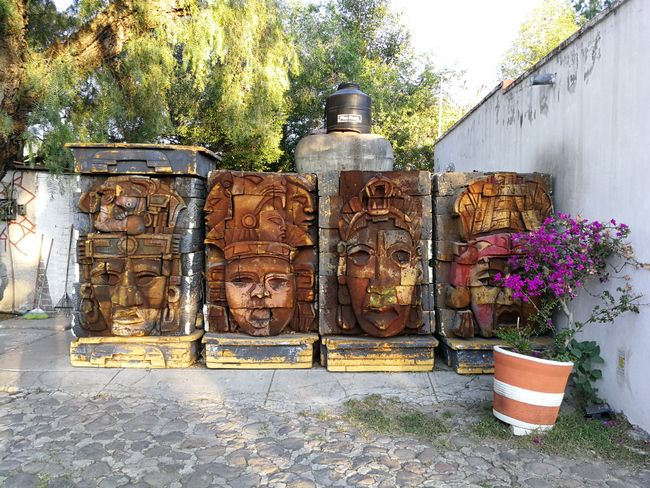
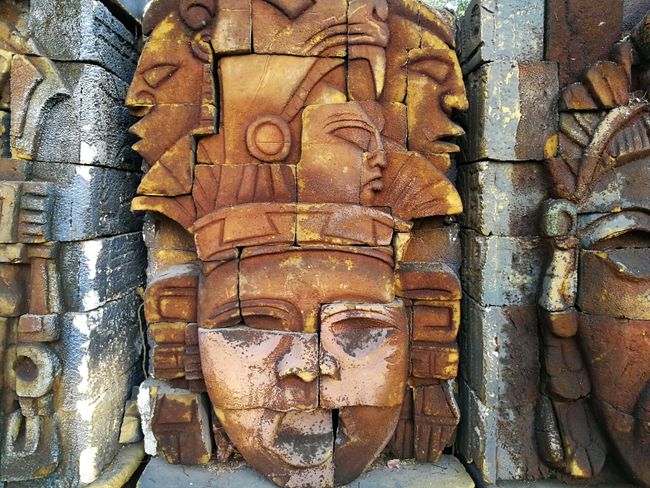
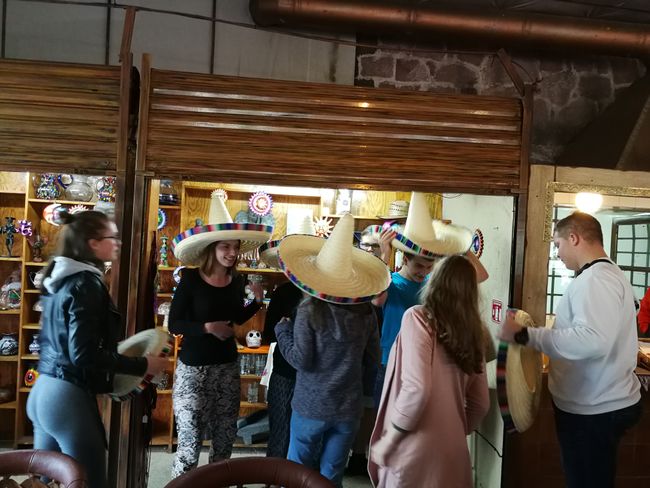
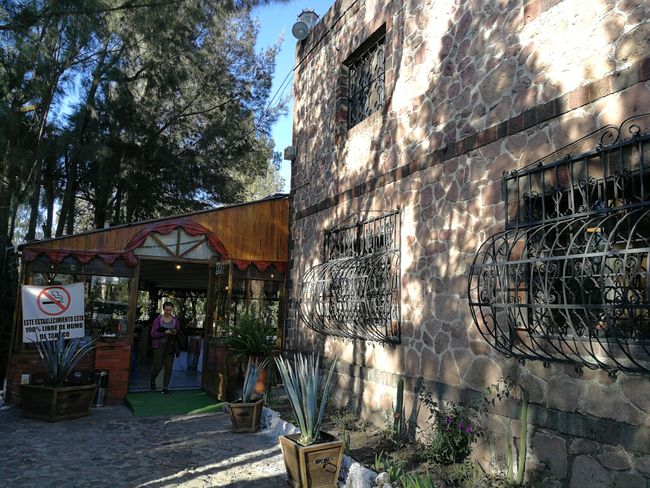
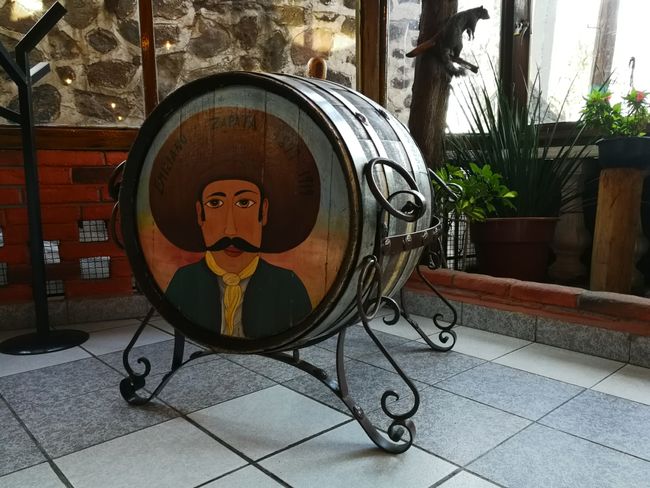
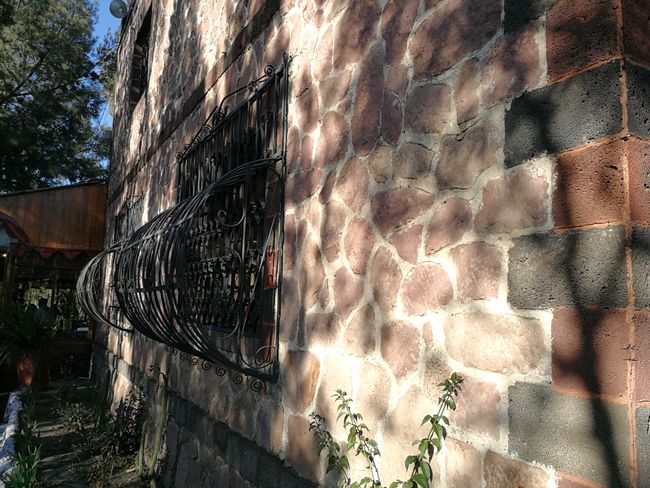
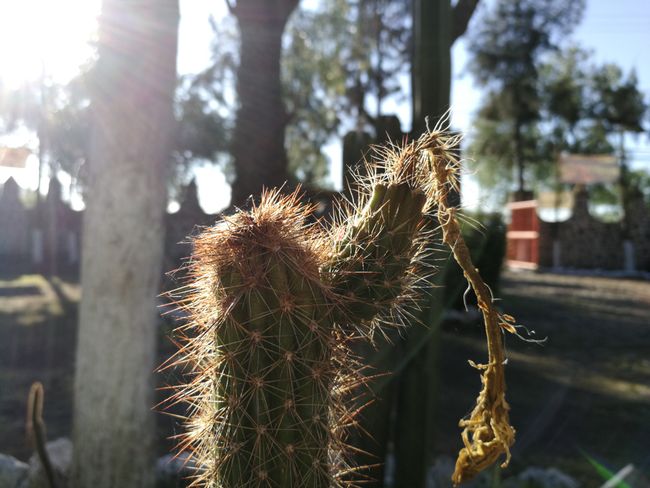
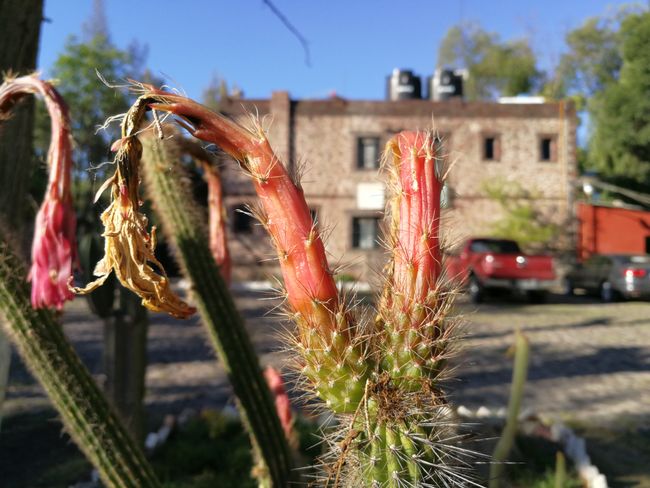
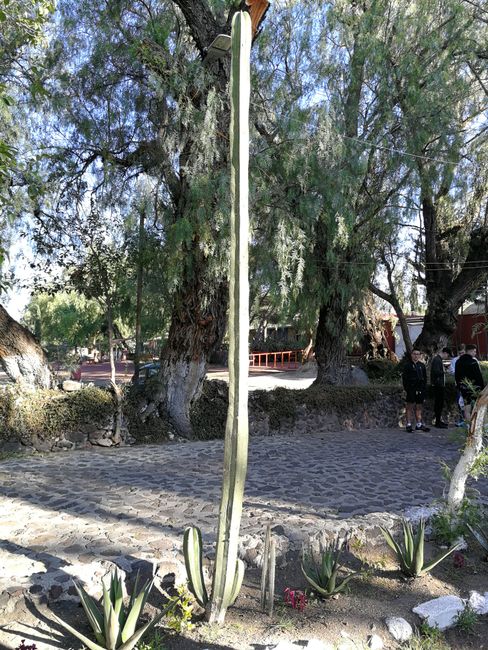
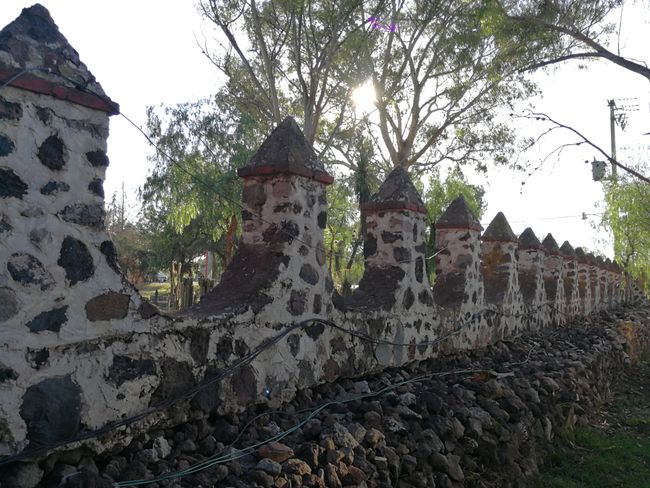
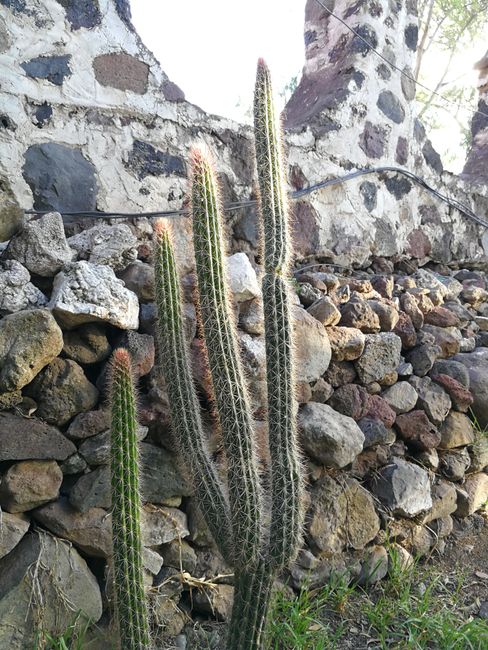
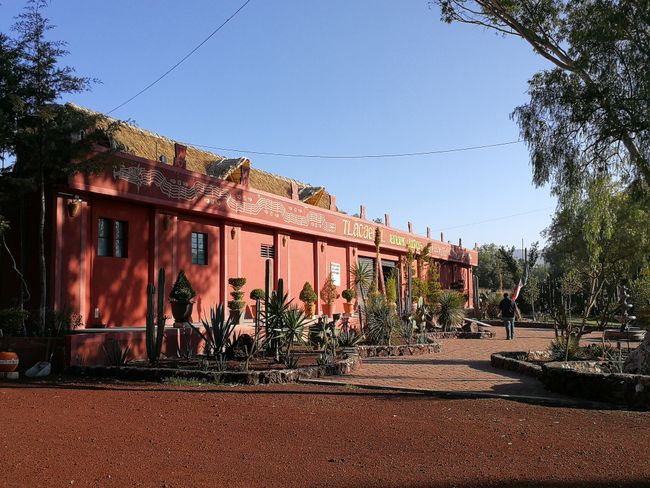
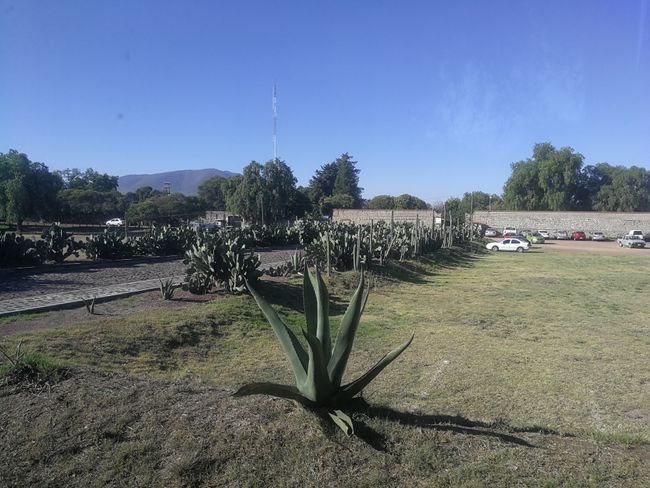
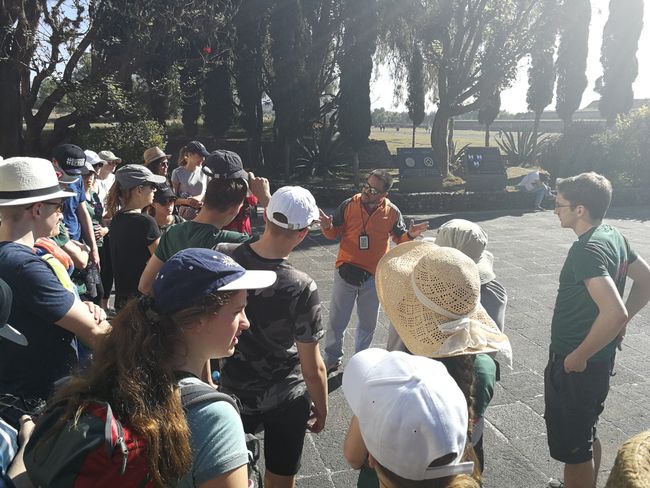
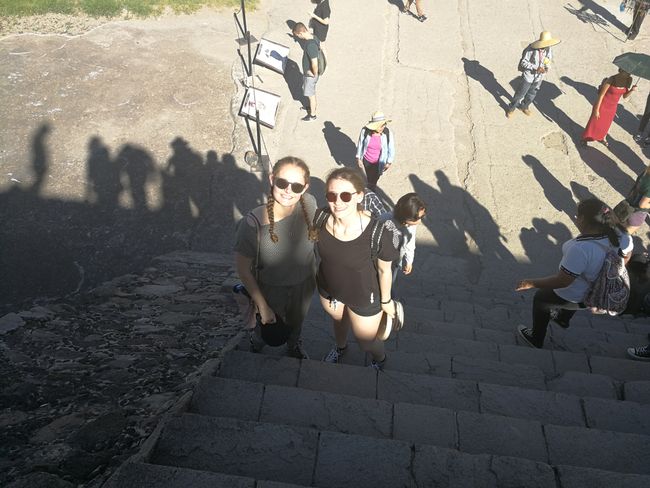
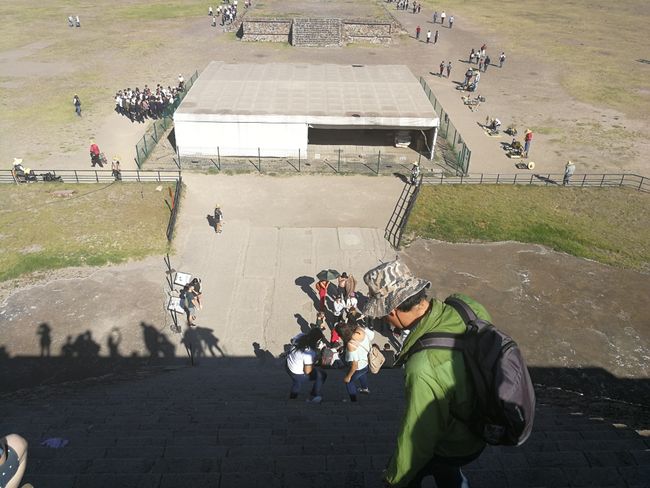
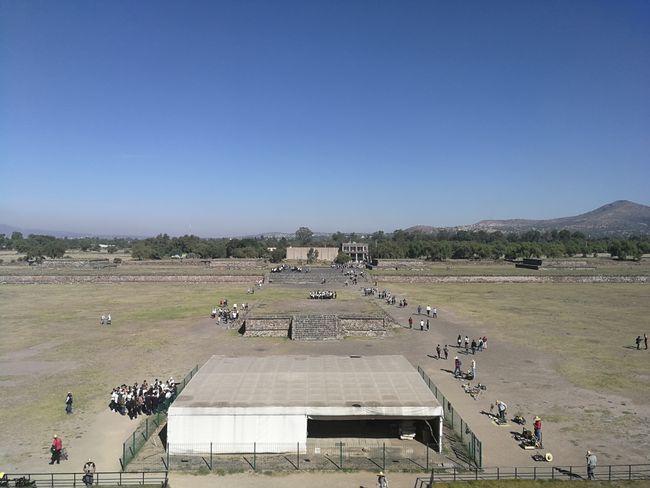
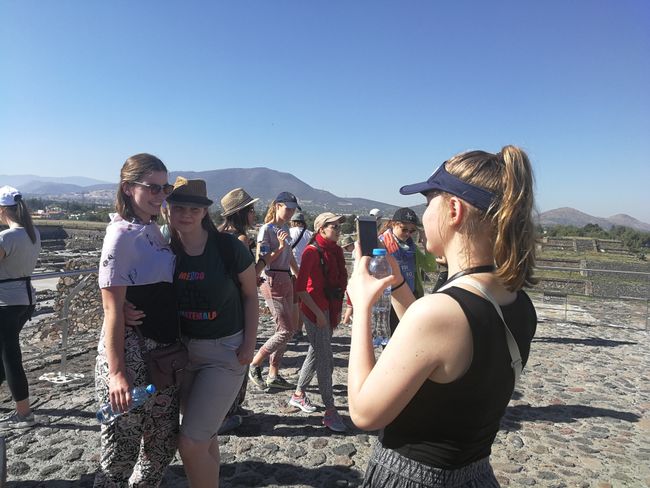
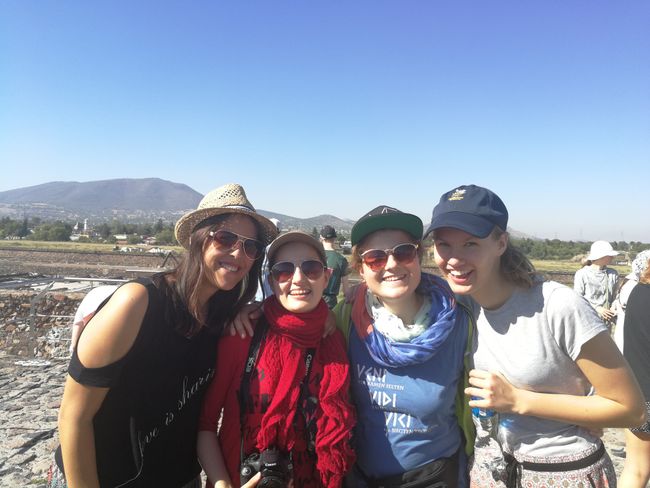
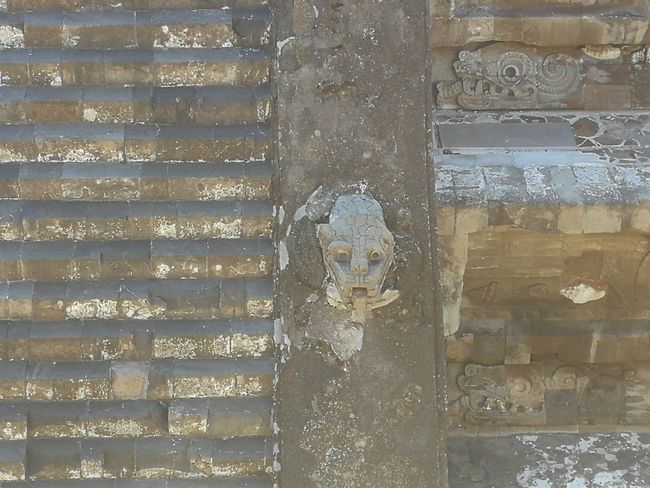
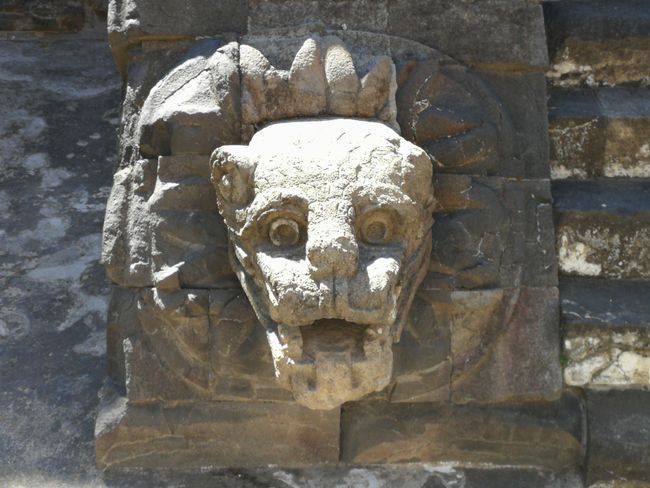
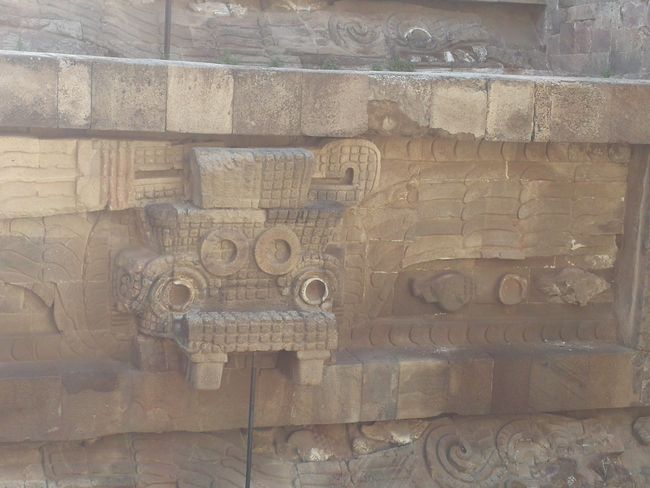
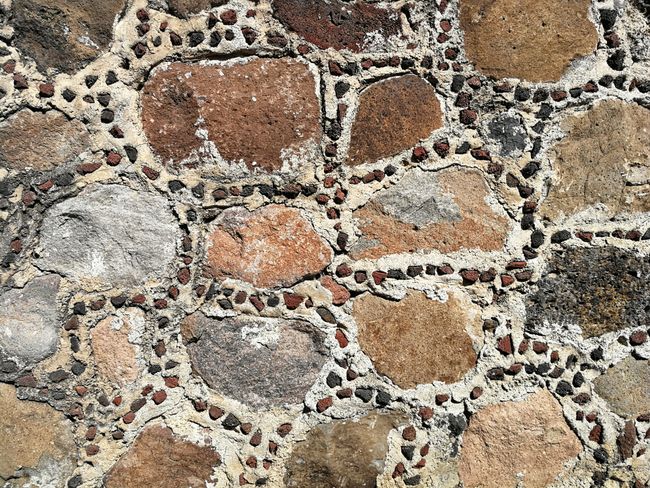
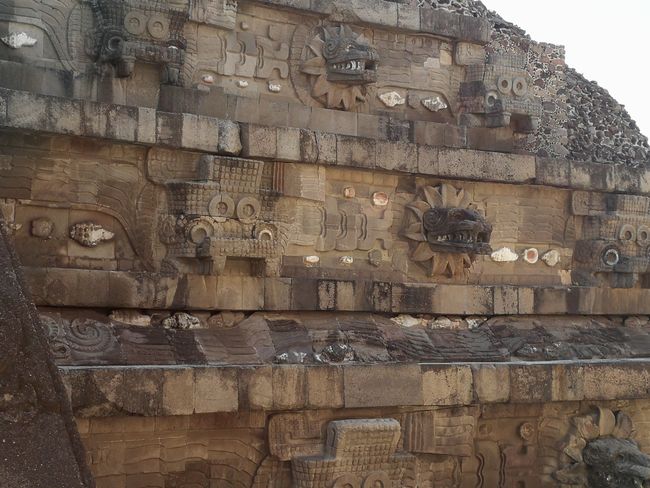
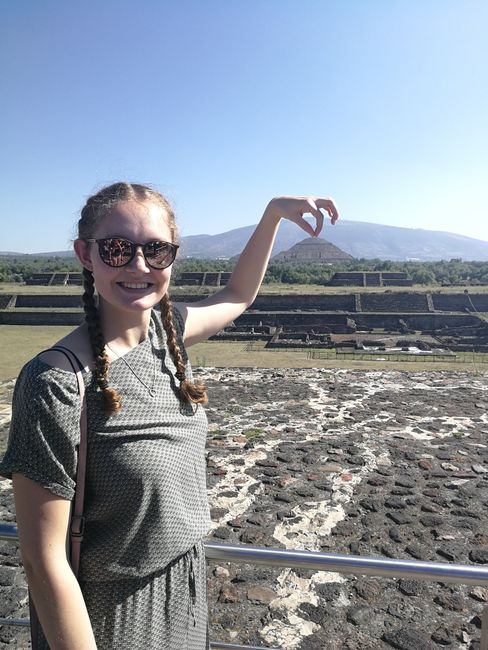
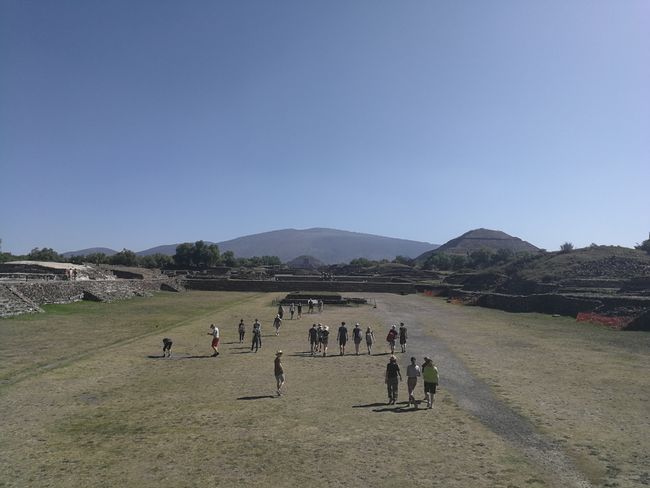
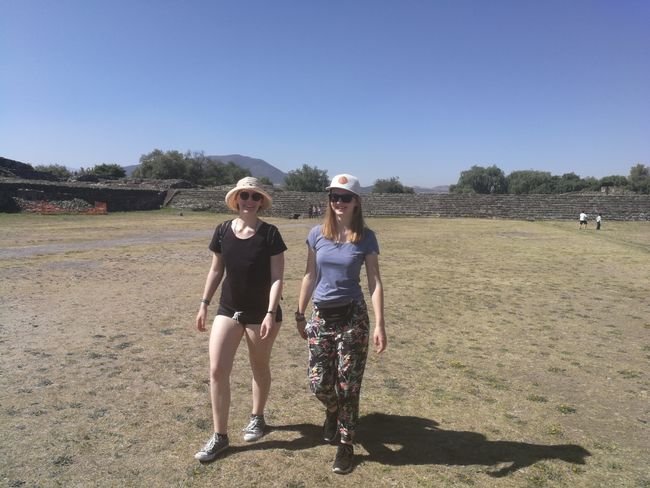
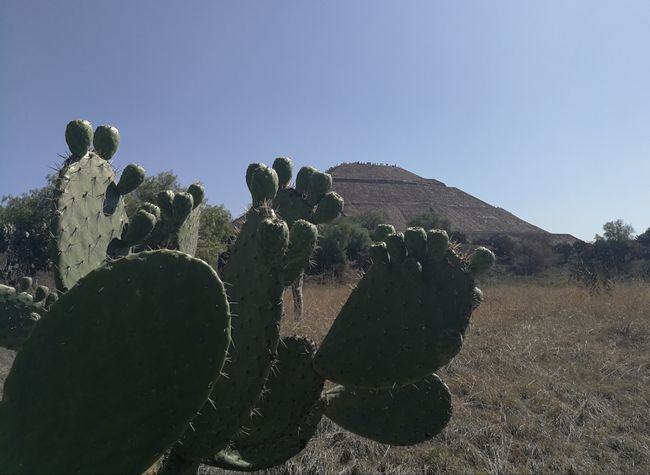
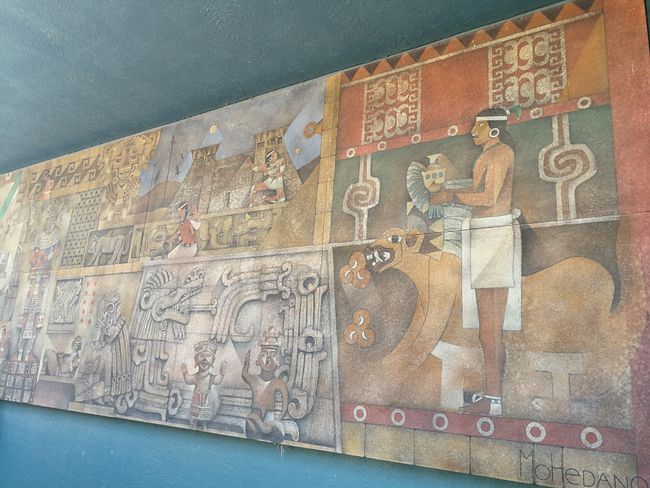
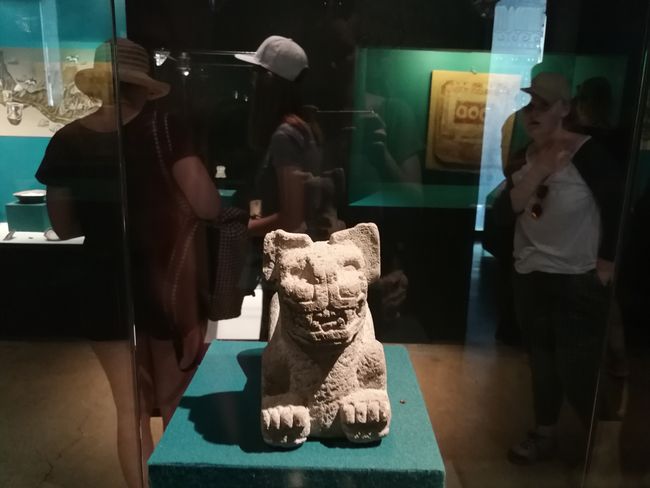
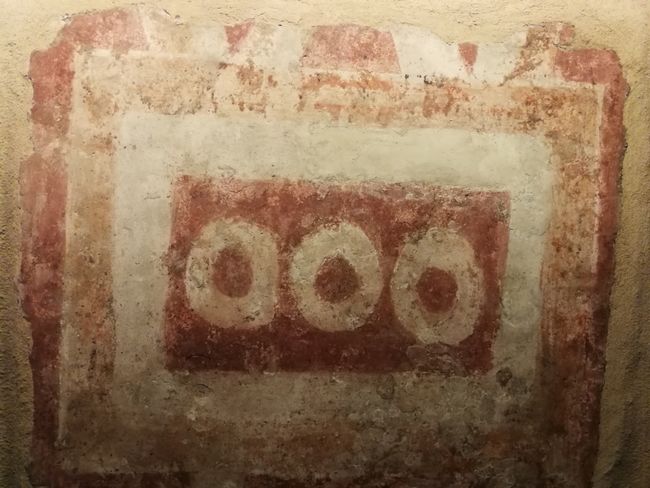
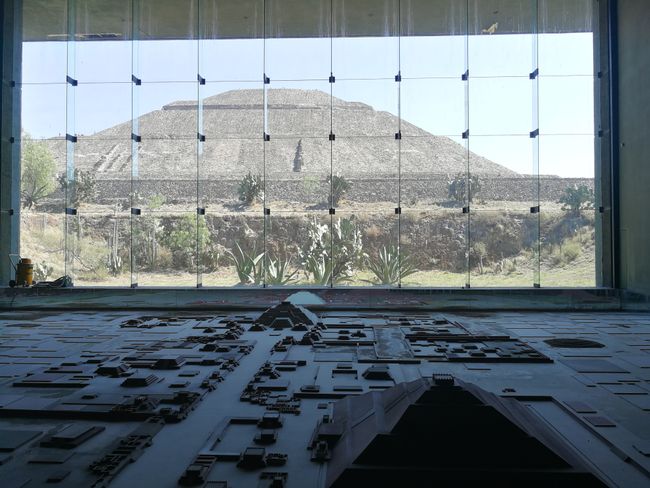
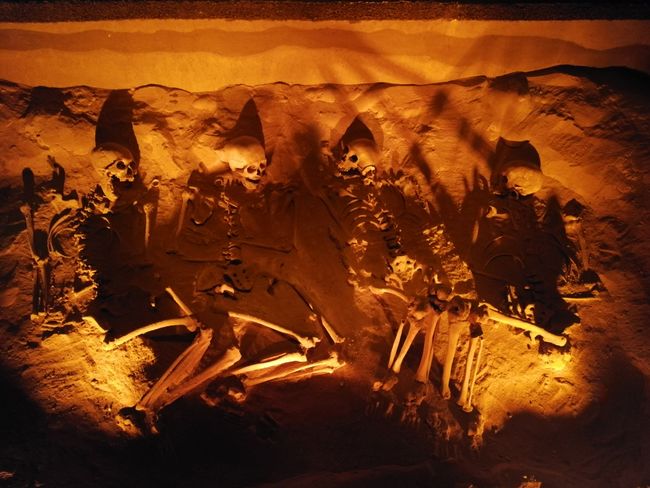
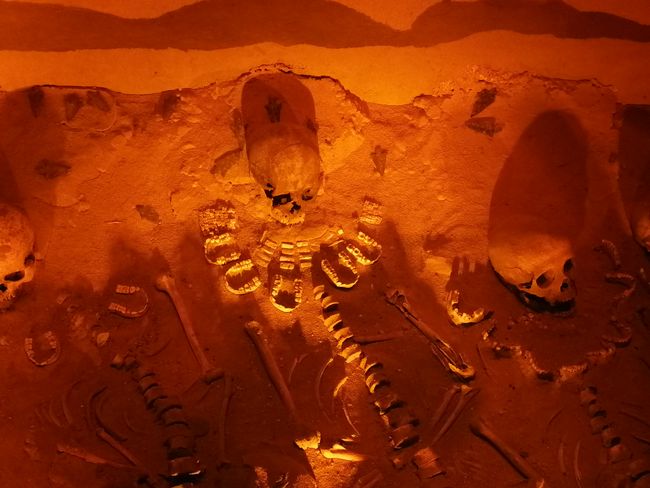
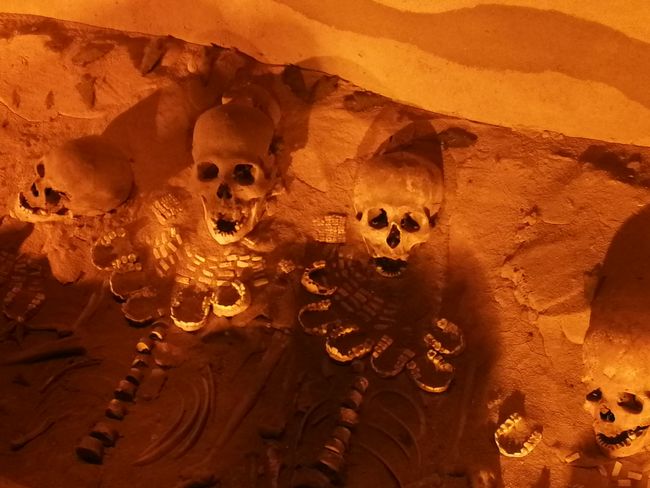

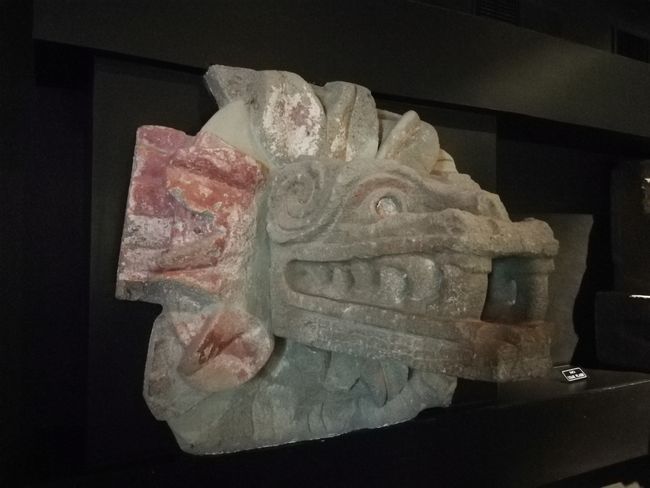
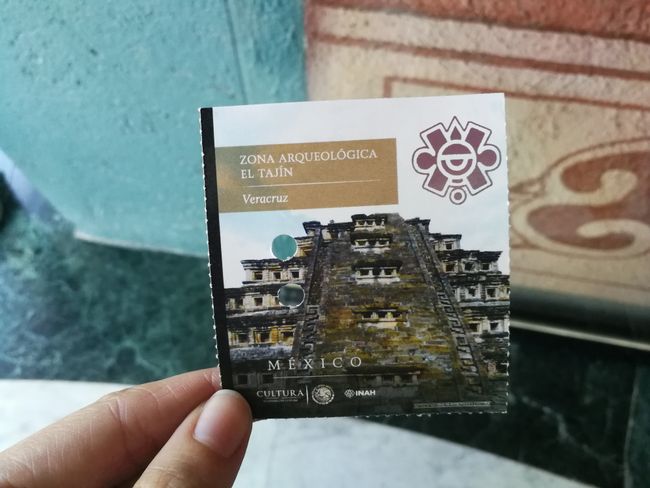
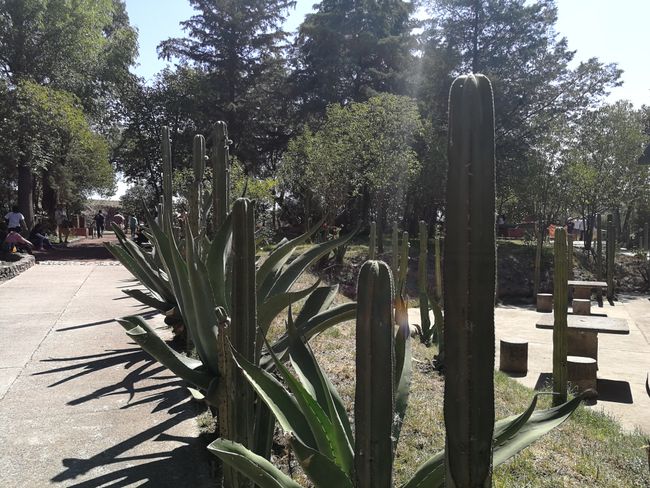
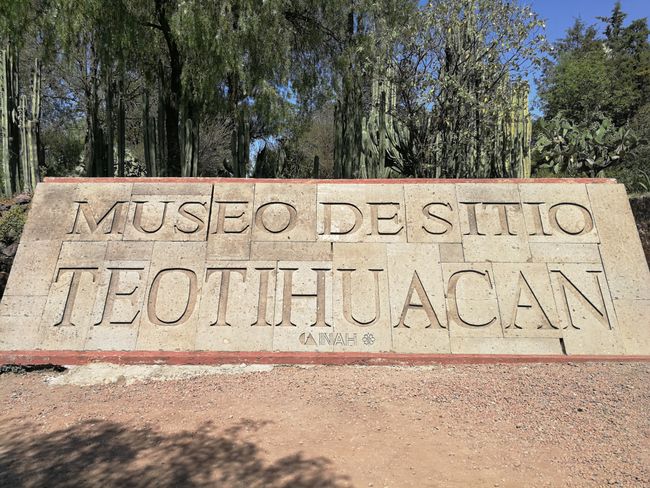
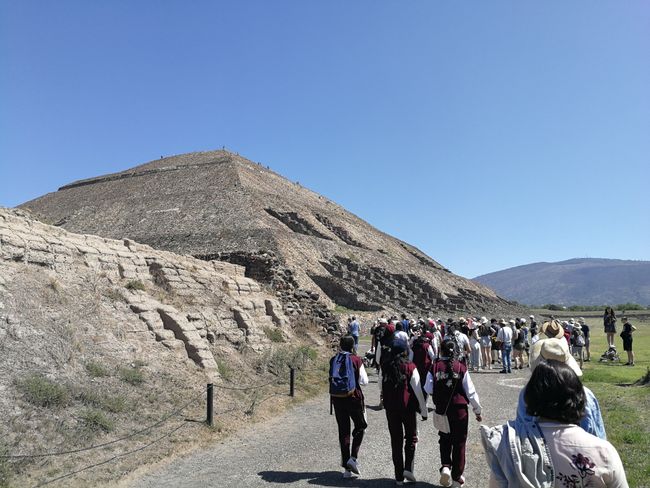

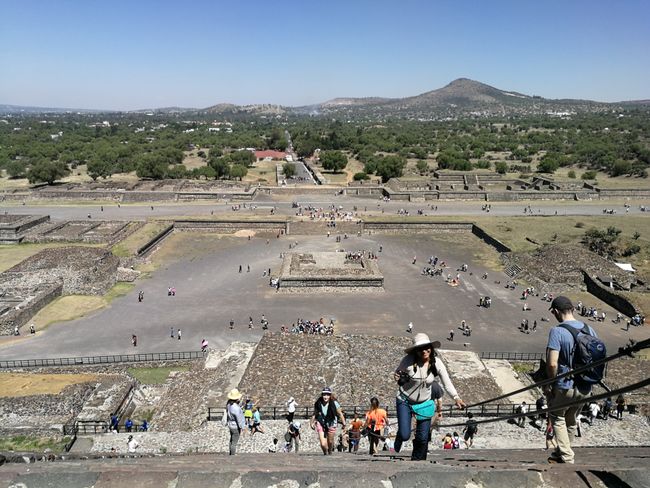
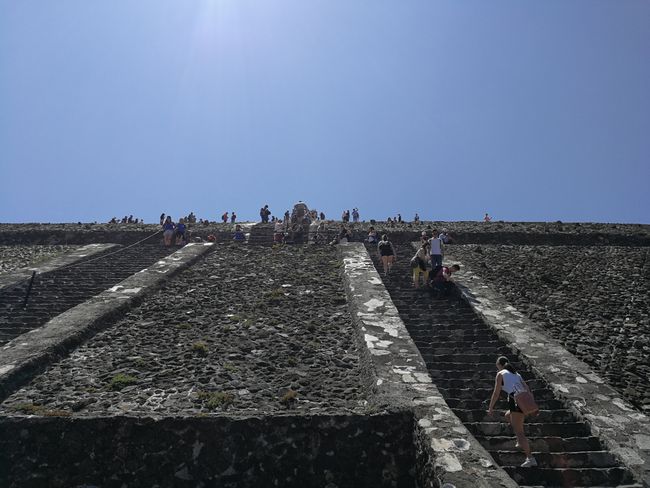
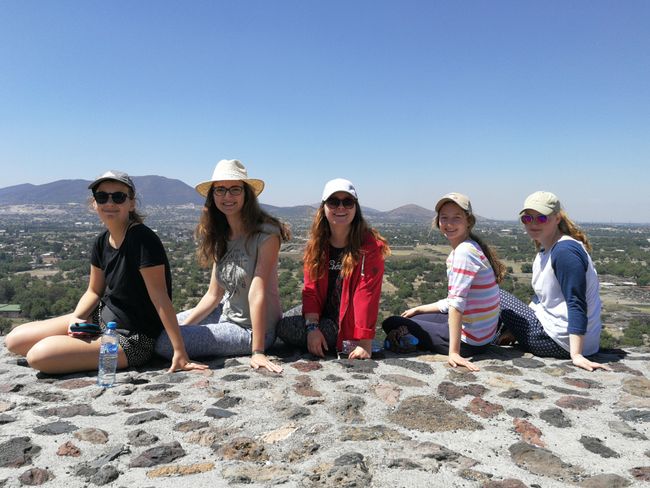
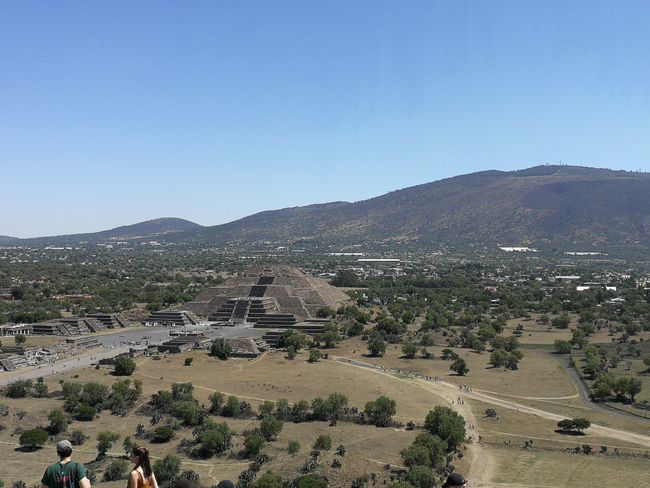
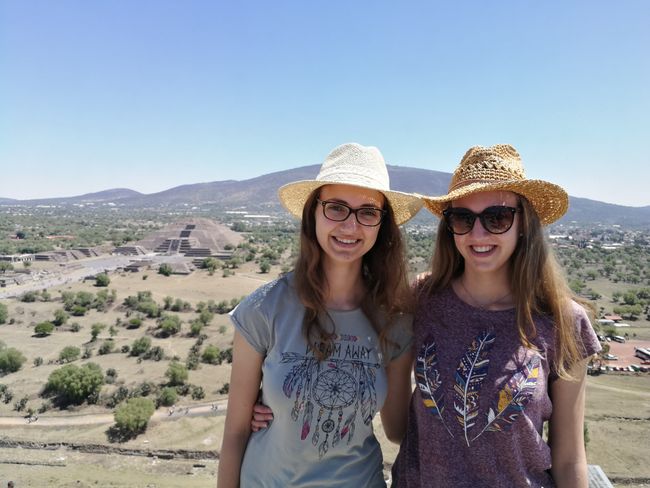
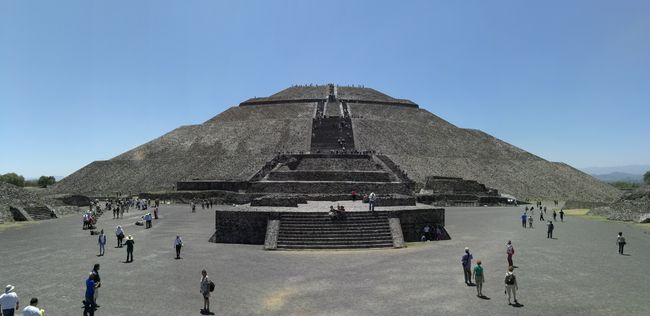
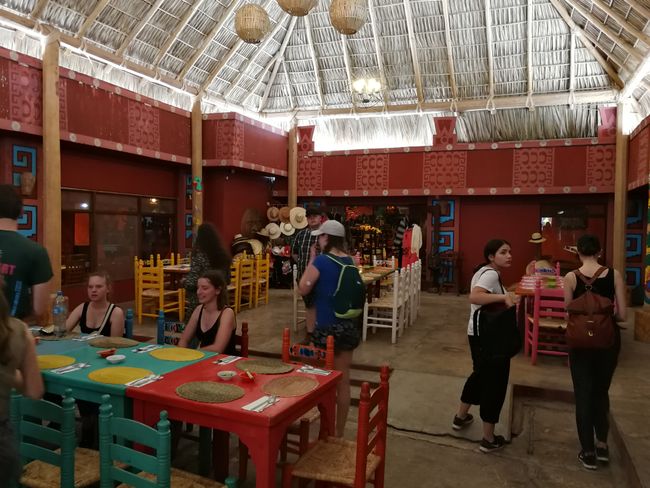
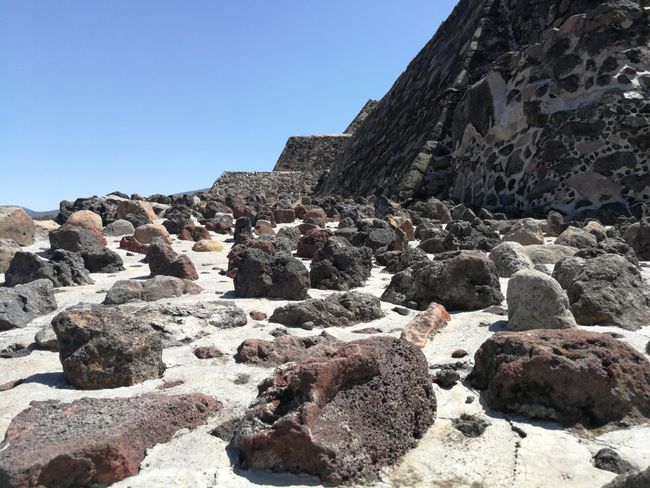
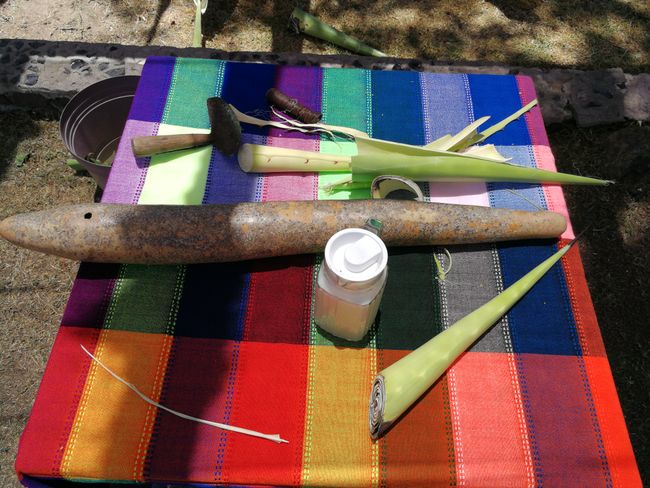
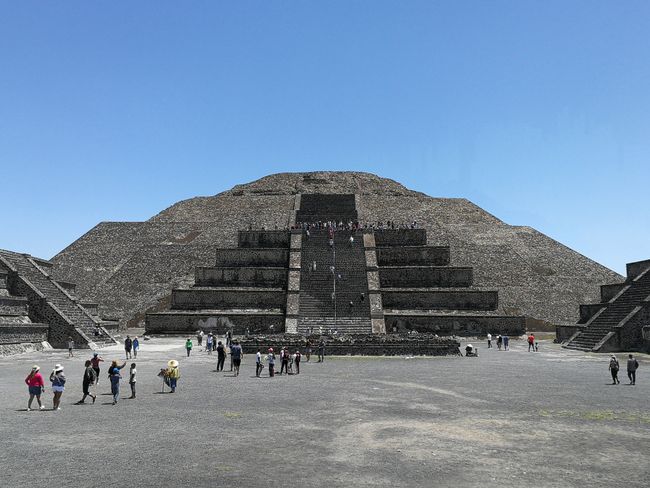
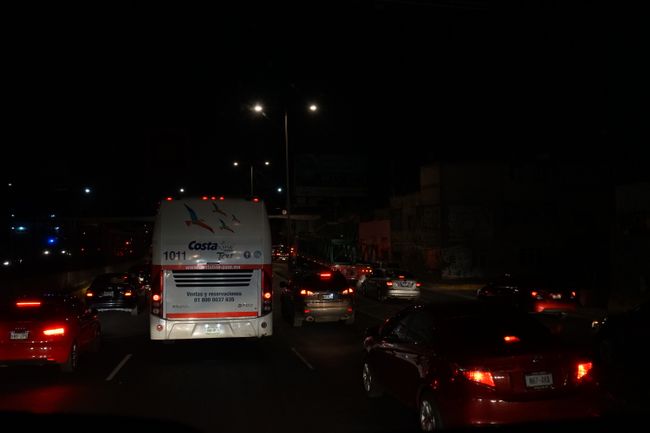
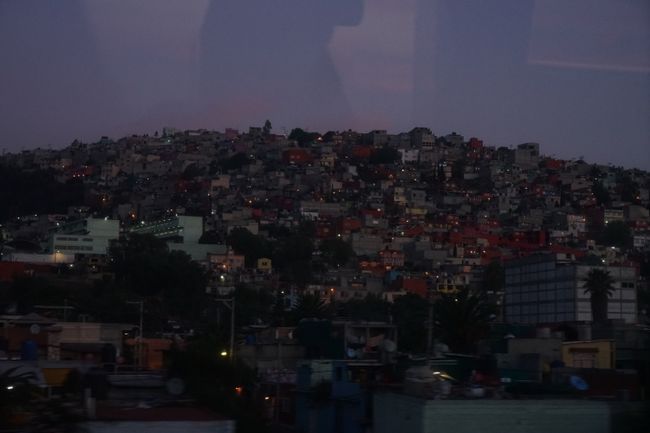
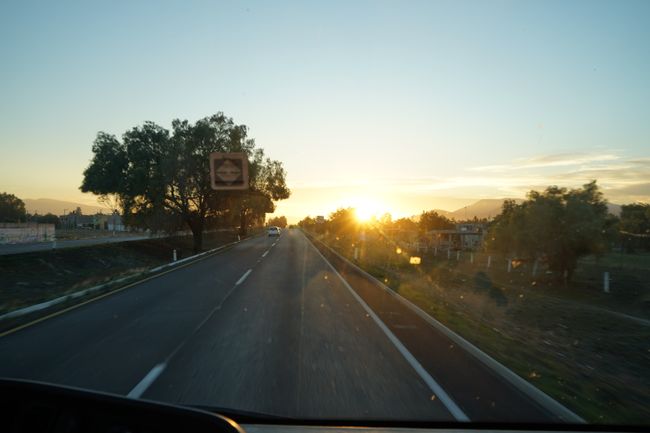
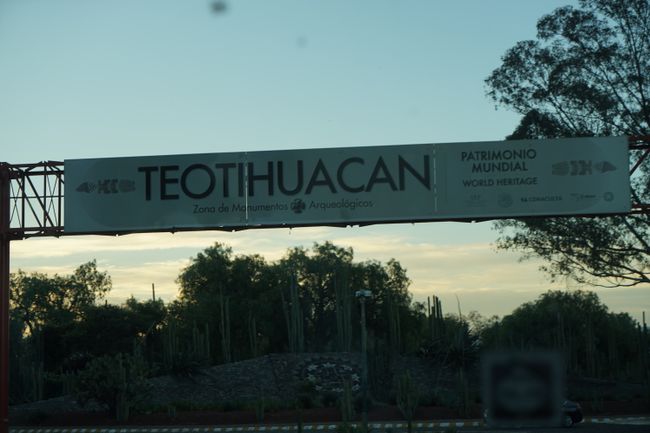
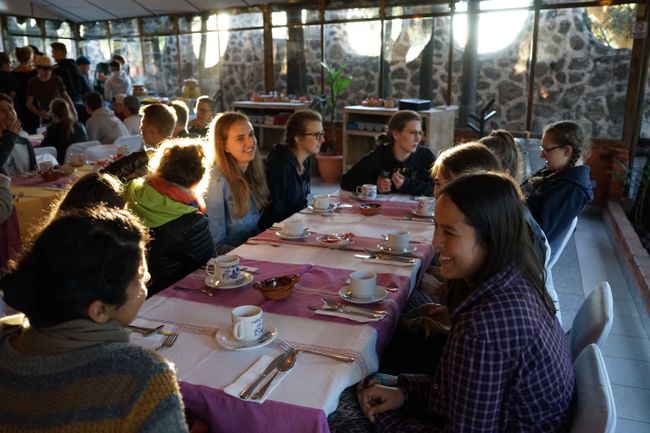
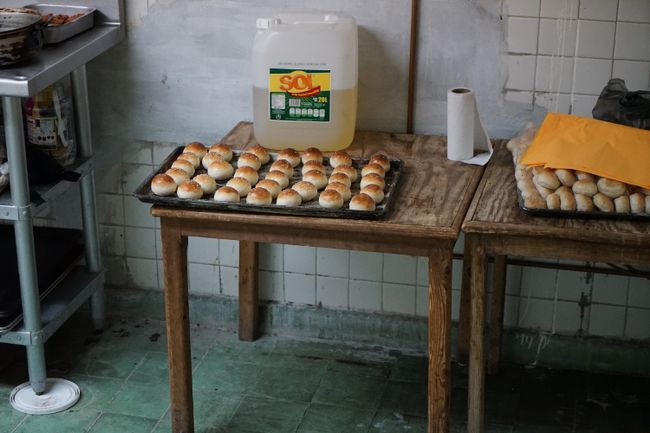
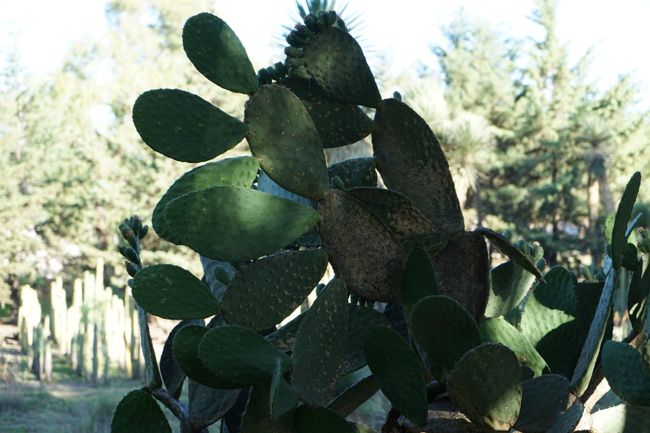
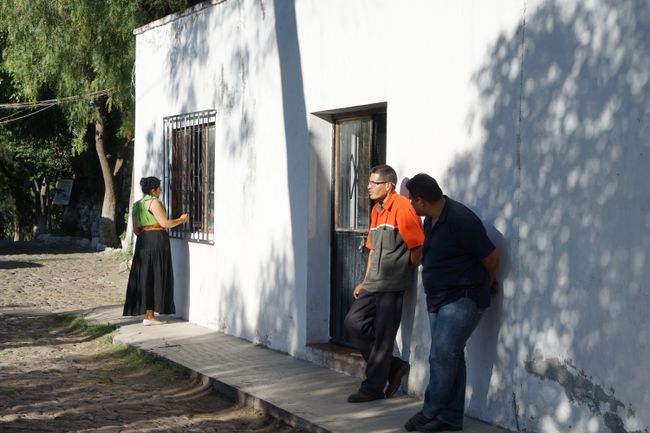
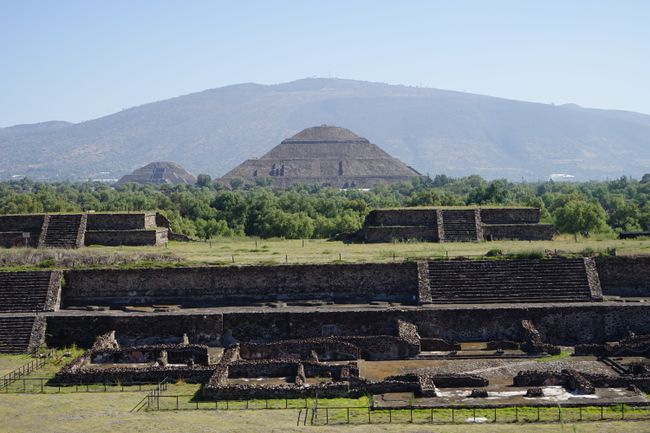
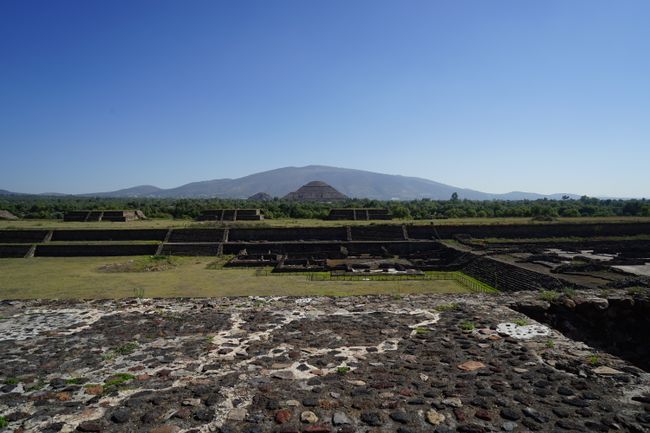
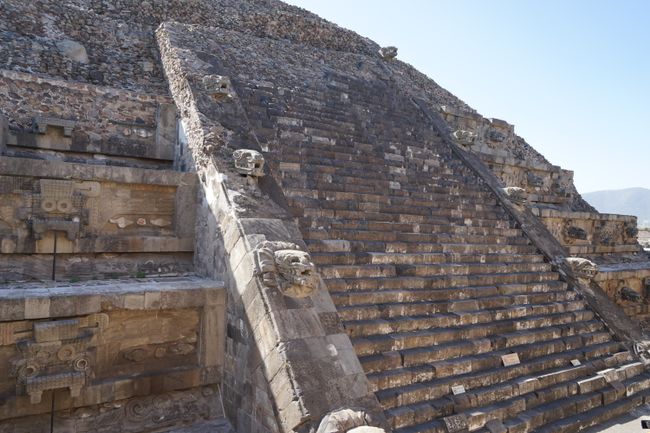
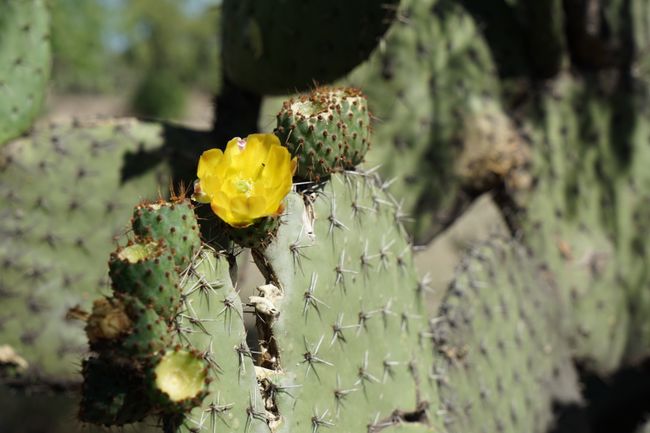
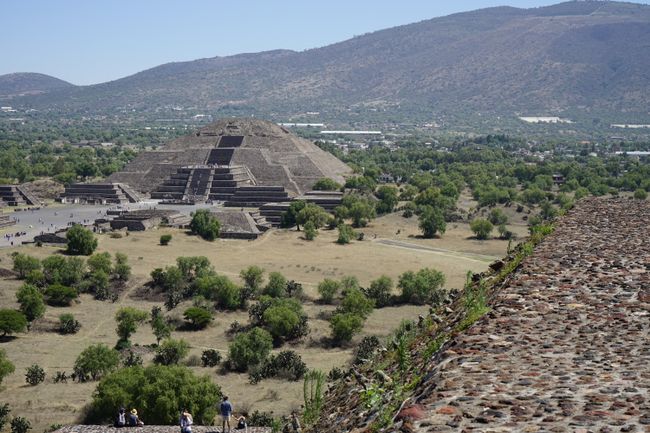

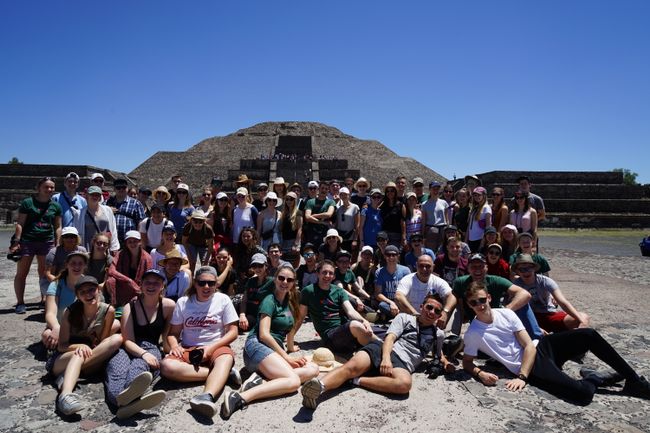
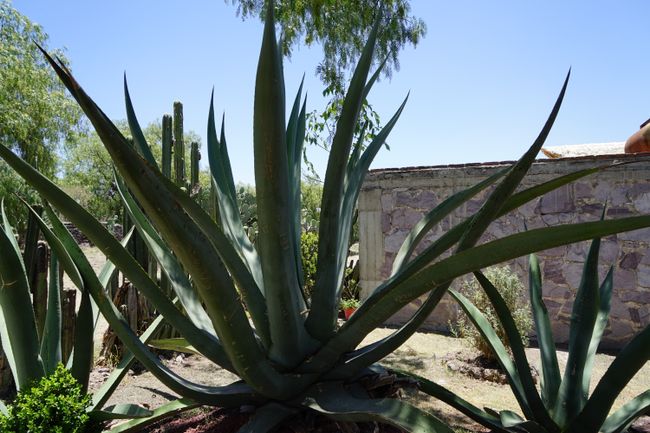
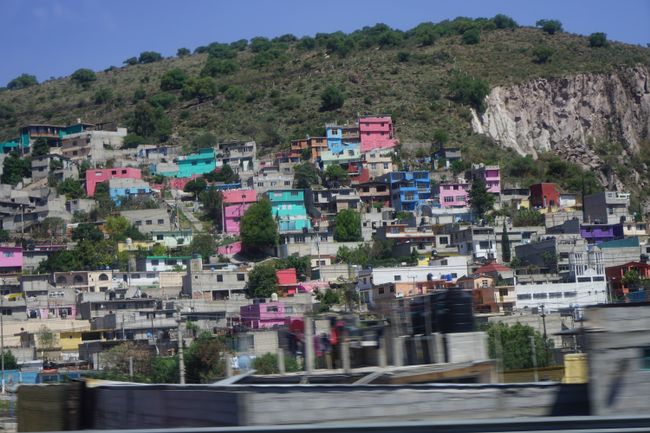
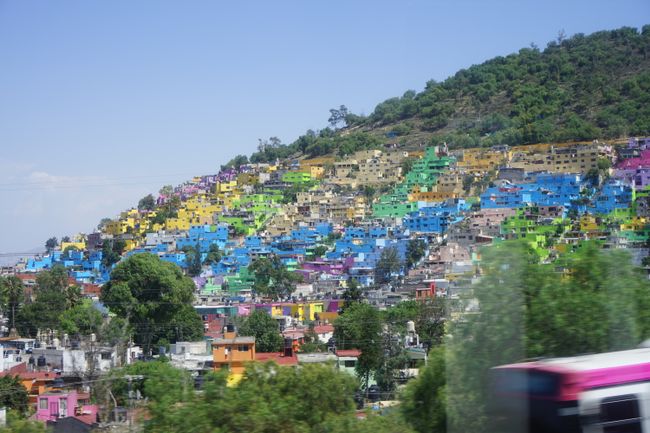
Bülletenə abunə olun
It's that time again! The Neue Kammerchor Heidenheim is going on a trip!
Yesterday, on Thursday, May 17th, 2018, 71 singers set off on a three-week journey through Mexico and Guatemala. Together with conductor Thomas Kammel, his wife Ulrike Kammel, choir manager Sylvia Lohse, and Dr. Stefanie Sandfort, our group left Schiller-Gymnasium Heidenheim around 5 p.m. by bus to Munich Airport.
We had a 13-hour night flight to Mexico City ahead of us. The flight went smoothly and thanks to the clear view, we had a breathtaking view of the sea of lights in South America.
At 4 a.m. local time, we landed safely in Mexico City. After going through passport control and collecting all the luggage, we were greeted outside by our tour guides and companions Pablo, Gabi, and Leticia, as well as four students and Jorge, an Argentinian who had already accompanied the choir on a trip to Argentina in 2012. Despite the early morning hour, we couldn't resist serenading our welcoming committee with the 'Candombe de san Baltasar'.
We then set off by bus at 6 a.m., heading towards Teotihuacan.
During the bus ride, Pablo told us a lot about Mexico City. The city is located at an altitude of over 2,660 meters in a valley surrounded by volcanoes. In the past, the valley was filled with a huge saltwater lake. Today, thousands of colorful houses line the valley.
After about an hour's drive, we reached Teotihuacan. There, we were treated to a huge breakfast buffet in a restaurant, where we satisfied our hunger for the first time and had the opportunity to try out the variety of Mexican dishes. Because in Mexico, breakfast can be hearty and spicy, as some of us unintentionally discovered! :)
We then continued by bus to the Pyramids of Teotihuacan. Teotihuacan is one of the most important ruined cities in the Americas, known primarily for its step pyramids like the Pyramid of the Moon and the huge Pyramid of the Sun. Since 1987, Teotihuacan has been a UNESCO World Heritage site. The area of Teotihuacan has been continuously inhabited since the sixth century BC. At its peak, Teotihuacan had up to 200,000 inhabitants, making it the largest city in the Americas at the time. However, its influence waned from around 650 AD, and around 750 AD, the city was completely abandoned for reasons that are still unknown. The Aztecs found Teotihuacan as a ruined city when they migrated, and they saw it as a mystical place, giving it the name 'Teotihuacan', meaning 'Where one becomes a god'.
Divided into two groups, Pablo and Leticia guided us through the vast site. The first stop was at one of the smaller temples. One side of the temple is well-preserved, so we could still clearly see the figures and patterns, while the other side is completely buried. Both the temple and the pyramids are solid on the inside, but the ground beneath the structures is tunnelled. In addition to gold, silver, obsidian, and jade, several tombs were found there.
Named after these tombs, we then walked along the 'Street of the Dead' to a small museum, where we could examine the artifacts in detail.
Then came the highlight of the tour - the ascent of the Pyramid of the Sun. We had to overcome hundreds of steep steps to reach the top. But the effort was definitely worth it, as from the summit we had an outstanding 360° view of the entire site.
We then marched on to the Pyramid of the Moon, which served as a perfect background for our group photo.
We went to the Tlacaelel restaurant by bus.
Before we had lunch there, Leticia took us behind the house to a small market and introduced us to some typical Mexican things.
Among other things, she told us about the agave plant. The plant is used to produce a drink called honey water, which is used to make tequila, among other things. In addition, the leaf layers of the agave were used in the past as paper or baking foil, while the agave fibers were woven into carpets.
After the tour, we were allowed to help ourselves to the buffet at Tlacaelel. The meal was accompanied by two singers with their guitars, so we could listen to genuine Mexican music for the first time.
At 3 p.m., we returned to the core of Mexico City. After a three-hour bus ride, we arrived at Hotel ONE. Some of us were greeted by their host families there, while others checked into their hotel rooms. After everyone stocked up on enough water supplies from the nearby supermarket and enjoyed the long-awaited shower, everyone was glad to make up for the sleep that was clearly lacking on the plane!
Bülletenə abunə olun
Cavab verin
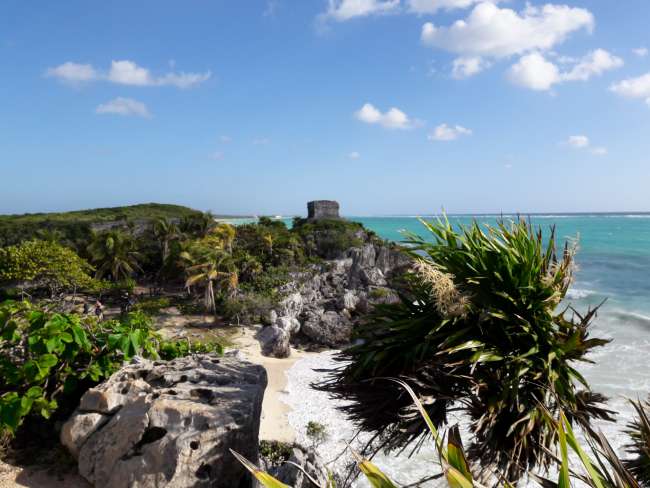
Səyahət hesabatları Meksika
